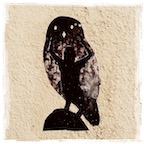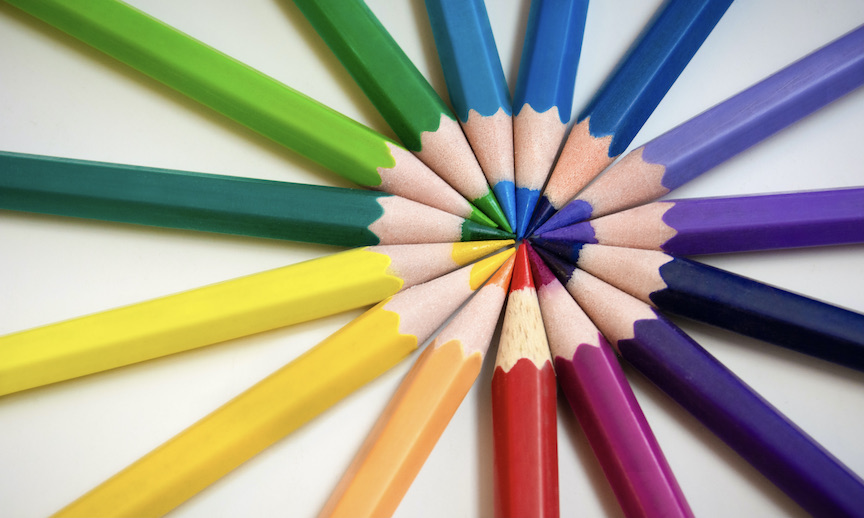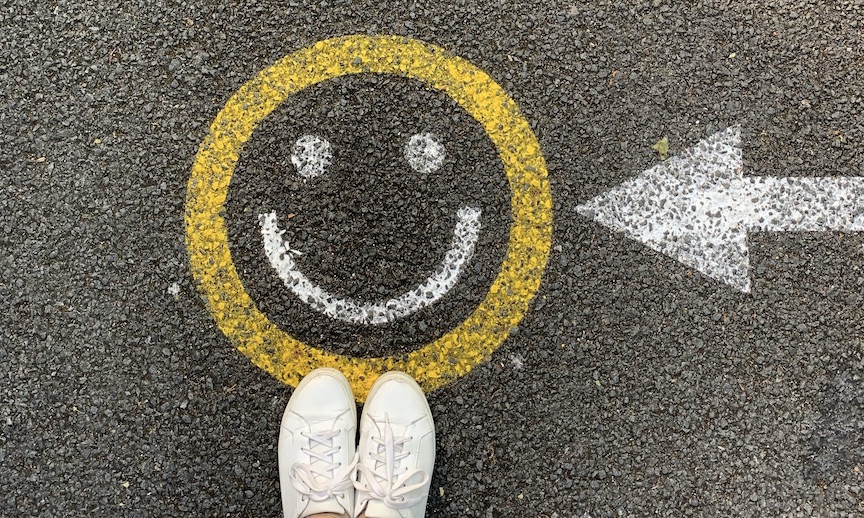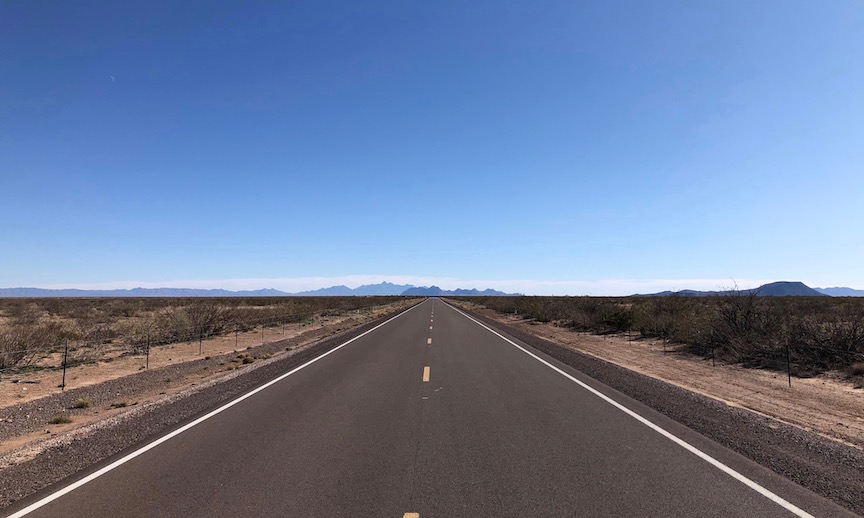SLOW JAMZ
Last week, hundreds of galleries and museums around the world participated in “Slow Art Day 2021.” This is an annual thing that has been going on for ten or twelve years. I’d never heard about it before. And I missed it this year, only hearing about it after the fact — probably because I tend to move too darned fast for my own good most of the time.
Slow Art Day arose in response to a study which found that the average museum-goer looks at most pieces of art for less than 30 seconds. Some articles claimed that an 8-second glance is more like it. Sounds pretty accurate to me. I have a great appreciation for art, but I know that my eyes start to blur after a couple of hours. So even in a museum full of masterpieces, my usual approach is to race through and try to absorb as much as I can in a fairly short period of time. I know my attention span.
The Slow Art Movement suggests that we practice looking at art differently. Instead of trying to get-in-see-it-all-get-out, visitors are invited to spend at least ten minutes with each piece. Ten minutes! Museums create special seating and allow more spacing, so people can linger and contemplate, rather than being pushed along by a jostling crowd. I imagine that the pandemic protocols of limited and timed admissions at most places helped naturally to decelerate the pace this year.
Of course, ten minutes gazing at a single artwork means only six per hour. Which means that a full day would provide time to engage with only a fraction of even the tiniest museum’s collection. I admit that the thought makes me a little anxious, worrying about what I might miss. But, honestly, I know that I also miss plenty when I speed through. Even if, technically, I manage to see every single piece, catching a hectic blur of something and then immediately forgetting about it is only another way of “missing” it, really.
So I’ve been considering Slow Art. And the more I think about it, the more I like it. Many museums have expanded their online galleries (again, thanks to the pandemic), so I have tried to spend ten minutes each day this week with a different work at the Metropolitan Museum of Art. It’s been a lovely meditation.
What’s emerged for me, and maybe this is totally obvious, is: when I look differently, I see differently.
Leisurely consideration creates more space for interest, admiration, and wonder.
Giving myself time to care. And in this care, feeling deeper connection.
This morning, I enjoyed ten minutes with an Arabian alabaster figure from the late 1st Millennium B.C.E., a piece I probably for which I probably wouldn’t have spared a second glance while on a quick trip to NYC. But today, I lingered and marveled at the shape and texture of it. I wondered about its significance to the artist and the actual human it depicted. I contemplated the civilization in which it was created, and how it ultimately came to reside on the Upper East Side of Manhattan…
In the 80s and 90s, the Slow Food Movement took aim at our contemporary fast food culture. Slow Food has been criticized, perhaps rightly in some ways, for being a domain of privilege and snobbery — because most people don’t have access or the means for farm-to-table hand-crafted artisanal everything, and it can all get a little precious. At the same time, though, Slow Food as an international organization has championed fair trade and sustainable food systems, the preservation of local cuisine, traditional production and preparation — all good stuff.
I have learned that Slow Fashion, Slow Travel, and Slow Reading are all things, now, too. I imagine that most of these also straddle the same line between elitism and awareness. On one hand, my blood boils a bit at the thought of aristocratic dandies with the time and money to indulge in a 3-month world tour, wearing only bespoke garments, luxuriating over one haiku a day. On the other hand, why would I begrudge anybody anything so lovely? And I also know that mass-production and mass-consumption are horribly exploitative rat races that undermine everyone’s experience of being richly alive.
Slow Art doesn’t have quite so much baggage attached to it. Not everyplace has MoMA, but Art is absolutely everywhere. And free online galleries have democratized access to the museums of the world.
You know what else doesn’t have to have baggage? Slow Relatedness. (I just made that up, and it’s not real catchy — how about Slow Affinity, or Slow Rapport, or Slow Bonding…?)
What I mean is: slowing the heck down enough to notice each other, to look at each other, to see each other with appreciation, interest, and wonder. Maybe that’s just Slow Love.
And not “slow” in that it takes an extraordinarily long time. But simply taking time instead of letting time always take us, sweeping us along in a busy oblivion. Pausing to experience the miracle of being alive with the amazing humans we encounter every day.
A few years ago, I read about a psychological report and a number of experiments that happened around it. Dr. Arthur Aron of SUNY Stony Brook offered that 36 specific questions along with 4 minutes of sustained eye-contact could create such intimacy between any two people that they would fall in love with each other.
[You can find the questions here: https://amorebeautifulquestion.com/36-questions/ or I can send them to you]I haven’t paused my head-spinning multi-tasking long enough to try it out, but I totally want to. Not to fall in love with a stranger, necessarily, but maybe to let myself be more deeply in love with humanity, generally.
I suspect that it’s mostly a matter of taking time for ourselves and giving time to each other.
This year has done a number on my sense of time, anyway. I’ve found it really hard to gauge the pace of things. In some ways the days seemed endless, and in other ways the weeks sped by so fast I didn’t know what month it was. Might as well let that be a lesson of value — a reminder that time truly is a more fluid, flexible, and relative thing than we usually act like it is.
And maybe as we return to life out and about, perhaps we can be a bit more intentional about how we inhabit our time together.
I’ll leave you with the chorus of Michael Clark and John Bettis’s 1981 Pointer Sisters classic, which I’ve had in my head all week long:
I want a man with a slow hand
I want a lover with an easy touch
I want somebody who will spend some time
Not come and go in a heated rush
I want somebody who will understand
When it comes to love, I want a slow hand
Hold on, friends. Pretty soon we’re going to be able to fall in love face to face once again. For now, though, let’s stay connected online every week — new music and message Saturday evenings at 6:00 pm at BOSQUECSL.ORG and VIMEO.COM/BOSQUECSL. It’ll also be there forever after at your convenience, so you can take your sweet time with it.
XO, Drew
©2021 Drew Groves




